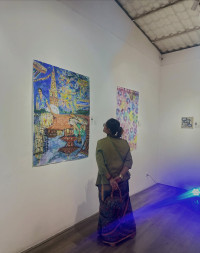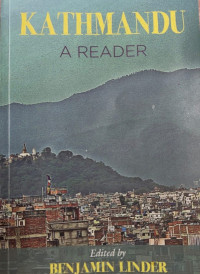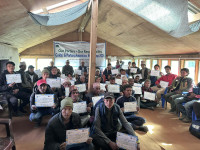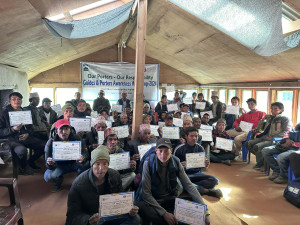Culture & Lifestyle
A timeless Nepali cultural treasure
The Ranjana script is visually intricate and has deep cultural and historical significance. It is primarily used by the Newa community.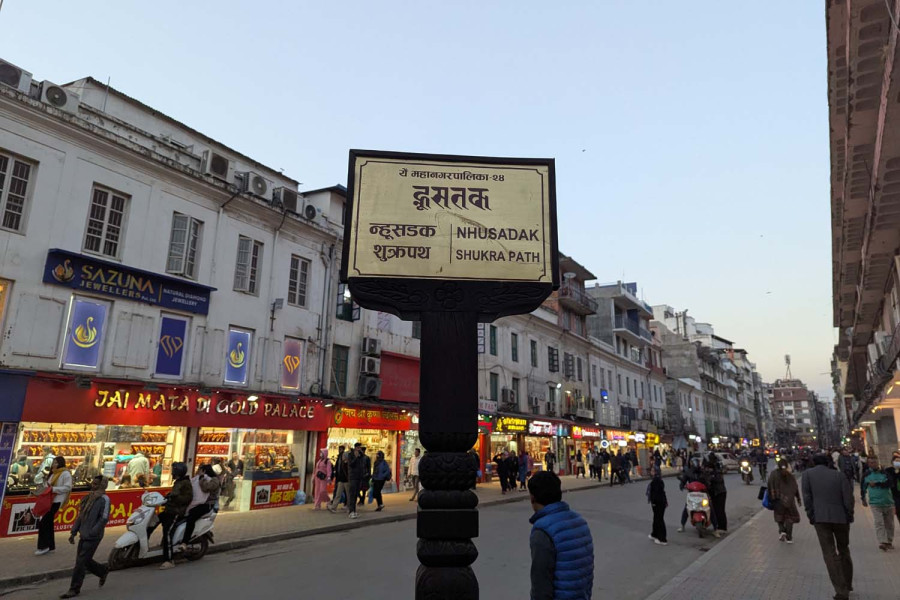
Timila Maharjan
The Ranjana script is an ancient writing system that originated in Nepal to represent Nepal Bhasa, particularly within the Newa community. This script features characters embellished with intricate curves and loops, bestowing a distinctive artistic flair upon the language it denotes. Ranjana script is celebrated for its visual appeal and cultural significance.
Compared to other scripts, Ranjana has thick lines. The aim of this thick-lined script is to make a lasting impression. The letters are uniformly written with equal space.
Often, a specially designed pen is used to write this script. According to Rakesh Maharjan, a local from Thecho who trained to write the Ranjana script, the tip of an ordinary fountain pen is cut and rubbed against a flat stone or a piece of glass to smooth the rough edge. He observes, “Nowadays, there are specifically designed pens for the Ranjana script, so improvisation is no longer necessary. Brushes are also used to write this script.”
Ranjana script resembles the anatomy of the human body but with a twist: the characters feature tails. The letters of the Ranjana script are categorised into components such as head, neck, body, back, mouth, hand, ear, and so forth. The most distinctive element of the script is the head, which is shaped like an ark. This is followed by the neck, with the tail line at the bottom.
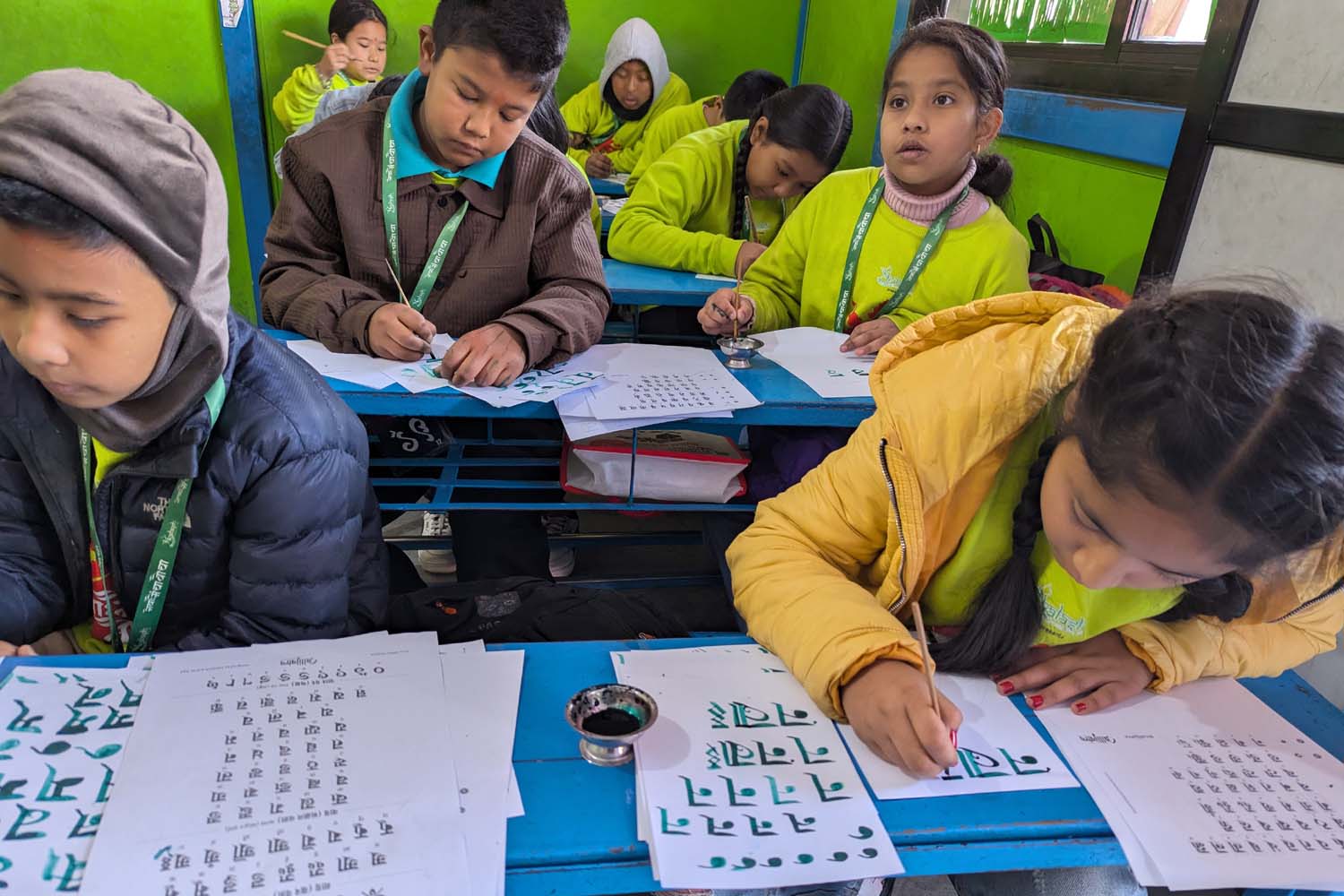
Also known in Tibet as the ‘Lantsa’ script, the Ranjana script is a writing system with historical roots in the Indigenous Newa community. This script serves not only as a means of communication but also as a testament to the region’s rich cultural heritage and the enduring legacy of the Newa people.
Ranjana script was initially used for religious texts like Buddhist and Hindu scriptures. Over time, it expanded to include government documents and personal letters. It is utilised for religious manuscripts, stone inscriptions, and temple metal carvings. Its ornamental style was ideal for etching mantras on temple pillars, shrines, and monasteries.
According to Ananda Kumar Maharjan, founder of Callijatra (a youth group promoting scripts), the evidence indicates that the Ranjana script was first used in the 10th or 11th century but likely dates back to the 6th or 7th century. During the medieval era, various scripts evolved for Nepal Bhasa from the Brahmi Script in the Ashoka Pillar of Lumbini. Around 12-14 scripts exist, with Brahmi considered the first. The Newa people initially used it for Sanskrit, leading to the development of the ‘Prachalit Nepal Script’. Over time, the Newa community enhanced this script with artistic designs, resulting in multiple scripts.
Ananda shares, “Just as we use various English fonts today, our ancestors created different scripts, developing new styles from earlier forms. They named these script styles. While all scripts generally follow Prachalit rules, they include unique elements and writing techniques.” The ‘Astasahasrika Pragyaparamita’ is the first book in the Ranjana script.
The script can be written conventionally and in two coded forms: Kutakshar and Saptakshar. Ananda explains, “Both scripts are used to write secret mantras whose true meanings can only be guessed. Only those who have attained salvation can understand them.”
The Ranjana script’s influence spread beyond Nepal, reaching countries like India, Sri Lanka, Tibet, China, Mongolia, Japan, and Korea through the Silk Road. It is seen in Mahayana and Vajrayana monasteries and places like Lhasa, Kashmir, and along China’s Great Wall. Today, it also appears in monasteries in Europe, the Americas, and Russia. Most Buddhist scriptures and Hindu texts are written in Ranjana, Nepal Bhasa, Classical Newa, and Sanskrit.
The Ranjana script is essential for studying Nepal’s history, religion, culture, and art. It is used in the Kathmandu Valley, the Mithila, and the Khasaan Kingdoms, and various Mithila books are written in this language.
Ananda says that Prachalit script or Nepal lipi is gaining popularity among youth. Kathmandu Metropolitan City has included Nepal Bhasa in the school curriculum, teaching Ranjana script basics. Schools in Kritipur, Sankhu, and Lalitpur also offer classes in Nepal Bhasa and its scripts, and teachers are trained in the new curriculum to preserve these scripts.
Callijatra recently launched the Nitya Ranjana Font in collaboration with Ek Type (an Indian type design studio). The font is free through the Nepal Lipi-Ranjana Lipi app (available in the Play Store and App Store), which facilitates typing in Ranjana Script. Kutakshar letters are also incorporated, making it easier to type small letters. Lu Aakha (a Nepal Bhasa newspaper) employs this font for a more straightforward design and printing.
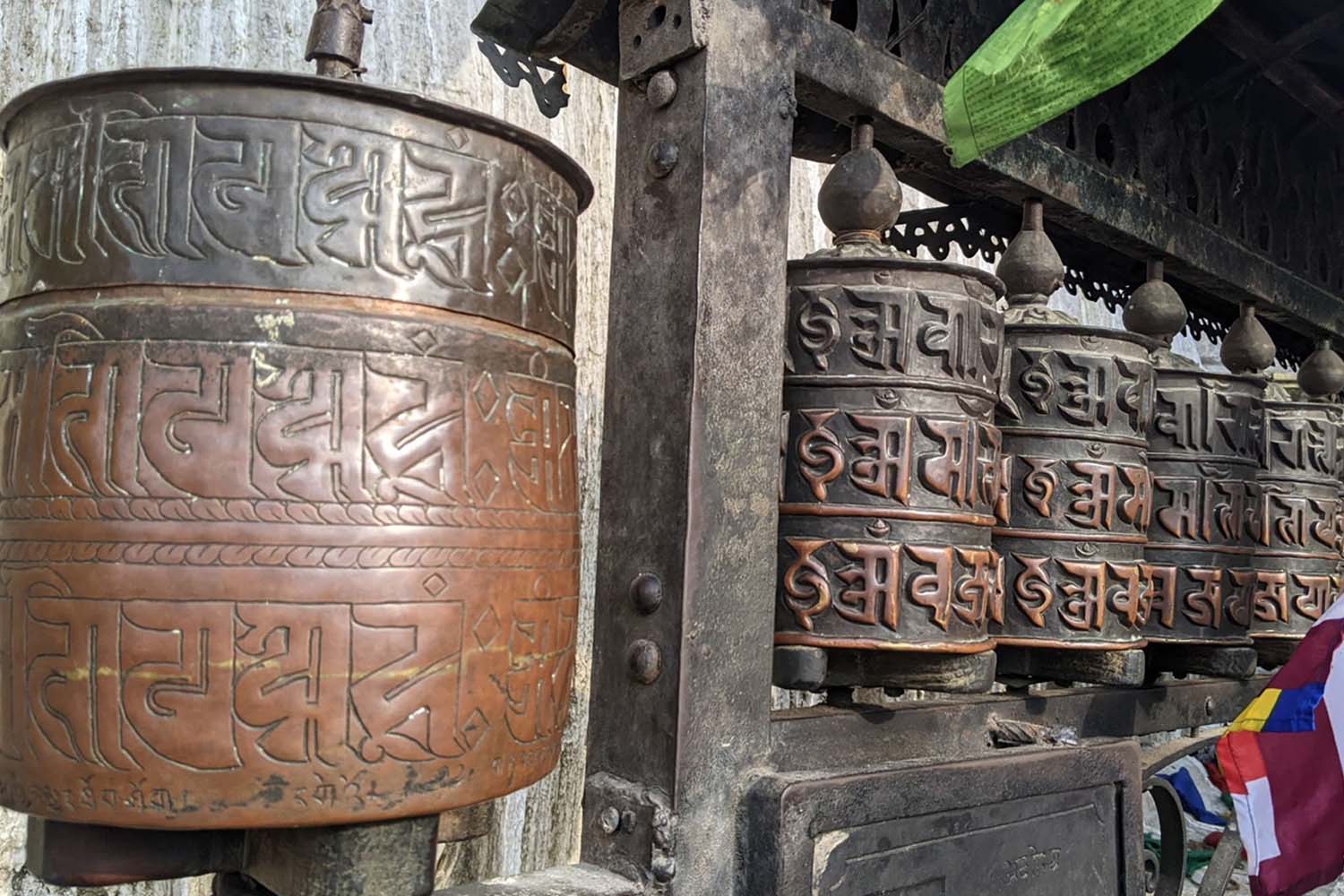
The Ranjana scripts are used in jewellery, merchandise, and logos and are increasingly common on social media. The Callijatra team has developed Prachalit Unicode and is working on Ranjana Unicode. They conduct live script sessions in public spaces to promote its preservation. Prachalit script forms the foundation for learning the Ranjana script. Ananda says, “We studied Prachalit script for a month to learn Ranjana. Prachalit is the basis for Ranjana, as all writing rules derive from it, making the latter easier to learn.”
Apart from Prachalit and Ranjana scripts, the Bhujimo (Fly head) is one of the oldest Nepal Bhasa scripts.
Ranjana script manuscripts are less common than others, with even fewer stone inscriptions than Prachalit. Only a handful of Ranjana stone inscriptions exist, including those at Swayambhu, Lagan Bahal in Basantpur, and the Golden Temple in Patan, making them rare. However, Ranjana script mantras can be found in various locations, including prayer flags and Buddhist monasteries. Ananda notes, “Bhujimo script has more manuscripts than Ranjana, possibly because Ranjana is harder to read and write.”
Rakesh learned the Ranjana script from Hapa Pucha in Thecho, which collaborated with Godawari Municipality and Nepal Lipi Guthi of Patan before Covid-19. After completing his SEE, he also studied the Prachalit script, deepening his interest in Ranjana. He advocates for including Nepal Bhasa in academic curricula, as Kathmandu Metropolitan City has done, to support learning Newa scripts like Ranjana and Prachalit.
Learning the Ranjana script helped him understand the value of the Newa language, and his appreciation for it has grown stronger. He says, “It is important to learn these scripts to read and understand historical texts and documents.”
The Newaz group of Sunakothi has also undertaken various efforts to preserve the Ranjana script. They have initiated a project to create artwork featuring the script on the walls of different public spaces within the Newa community.
Furthermore, Nepal Lipi Guthi, established in 1100 Nepal Sambat to preserve and promote the Prachalit and Ranjana scripts, has been actively working to keep them alive through its initiatives. The National Archives of Nepal and Asa Archives also house a rich collection of manuscripts and books written in Ranjana Lipi, further contributing to its preservation and study.




 18.12°C Kathmandu
18.12°C Kathmandu



